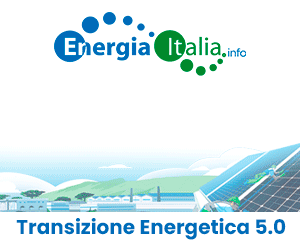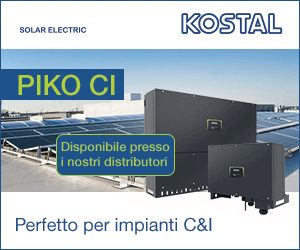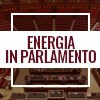In a report published in the frame of the European PV Parity project, the authors confirm that large penetration of PV in Europe between 2020 and 2030 can be accommodated at modest costs.
The authors of the report, developed by the Imperial College of London, have analysed and quantified PV system integration costs in 11 key EU markets. The aim was to check the feasibility of installing up to 480 GW PV by 2030, covering about 15% of the European electricity demand. The report shows that not only it is technically feasible but also that the costs of implementing the necessary system integration measures are relatively modest.
One of the major findings is that the back-up capacity cost can be an important component of PV integration costs, especially in Northern Europe (circa €14.5/MWh).This reflects the lower ability of PV to displace conventional generation capacity, compared with Southern Europe where this cost is lower and may be even negative when there is a strong correlation between PV output and peak demands.
The second major cost component of PV integration is the distribution network cost of PV. Reinforcing distribution networks to accommodate PV would cost about €9/MWh by 2030. This cost usually reduces when peak consumption coincides with peak PV production, as it would be the case in Southern Europe.
Another important result of the analysis is that transmission cost linked to the integration of 480 GW PV by 2030 remains modest. In 2020 the cost is estimated circa €0.5/MW, increasing to €2.8/MWh by 2030.
Balancing costs are another analysed component. Costs reflect the fact that more generators run part-loaded to provide additional balancing services and reserves due to the uncertainty in PV generation production. However this cost will remain modest, circa €1/MWh by 2030, assuming full integration of EU balancing market.
To summarize, the study concludes that system integration cost of PV is relatively modest, and it will increase to around €26/MWh by 2030. This information confirms the increasing PV’s attractiveness for European economy. This is the conclusion from the Imperial College’s researchers. The report also demonstrates that the applications of Demand Response (DR) or storage solutions can be effective to reduce the integration cost of PV, which could decrease by 20% thanks to DR.
(Reprinted from materials provided by PV Parity Project)
The full report can be downloaded here (pdf).
Follow QualEnergia.it on ![]() and
and ![]()

































